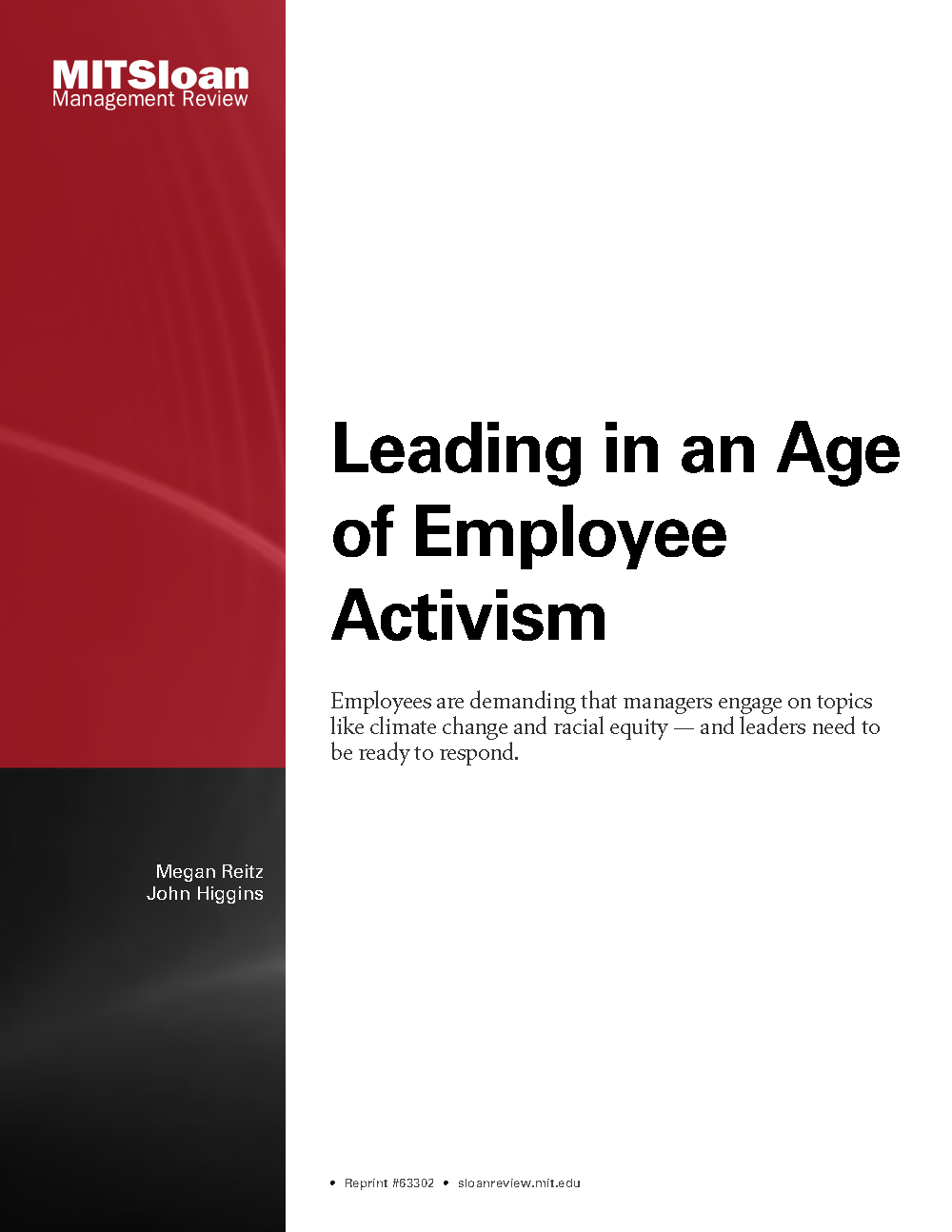
A New Strategy Framework for Coping with Turbulence
Most of the existing frameworks for strategic management assume an environment that is stable and simple. But technological advances and global changes have created dynamic, complex climates in which companies must operate. Chakravarthy examines the industry he calls Infocom — information providers, information processors, communication providers, and communication support. Technology has lowered many entry and mobility barriers among the industries; Microsoft is an example of a company that has exploited many strategic opportunities now available to Infocom companies.
Chakravarthy compares and contrasts the popular frameworks for formulating competitive strategy. Porter’s framework assumes stable competitors, suppliers, and buyers. The company finds an appropriate strategy and erects the necessary barriers. But, says the author, technological change quickly makes the barriers obsolete, Infocom players have deep pockets, and government policy has a diminishing role. In the Hamel and Prahalad approach, the role of strategy is not to accommodate an existing industry structure but to change it. However, the author comments, Infocom is not evolving predictably, so benchmarking against its current structure is futile. The D’Aveni framework assumes that strategy must continually seek to change the rules of the game because companies will quickly retaliate against any new strategy. Chakravarthy points out that a firm cannot continuously move from one advantage to another.
His proposed framework, applied to the Infocom industries, has three elements:
Reconceptualizing strategy. Companies must repeat innovation; e.g., Canon’s successful launch of inkjet printers damaged its position in laser printers but was necessary to respond to competition. Companies must build customer networks around products or services. They must also be able to sense market flow, as Microsoft did when it found that its proprietary strategy for Microsoft Network would isolate it from the Internet.
Sharing responsibility for strategy broadly within the firm. Employees must share a vision that is purposely vague but describes the firm’s guiding philosophy. Strategy must come from the bottom up and from small, focused units.
Focusing on organization capabilities as the source of competitive advantage. Companies must leverage, strengthen, and diversify their competencies.
In the end, according to Chakravarthy, “going with the flow” may be the best strategy for a firm in a turbulent environment. Rigid top-down strategies may be counterproductive. Firms should concentrate instead on growing distinctive competencies for the future.




